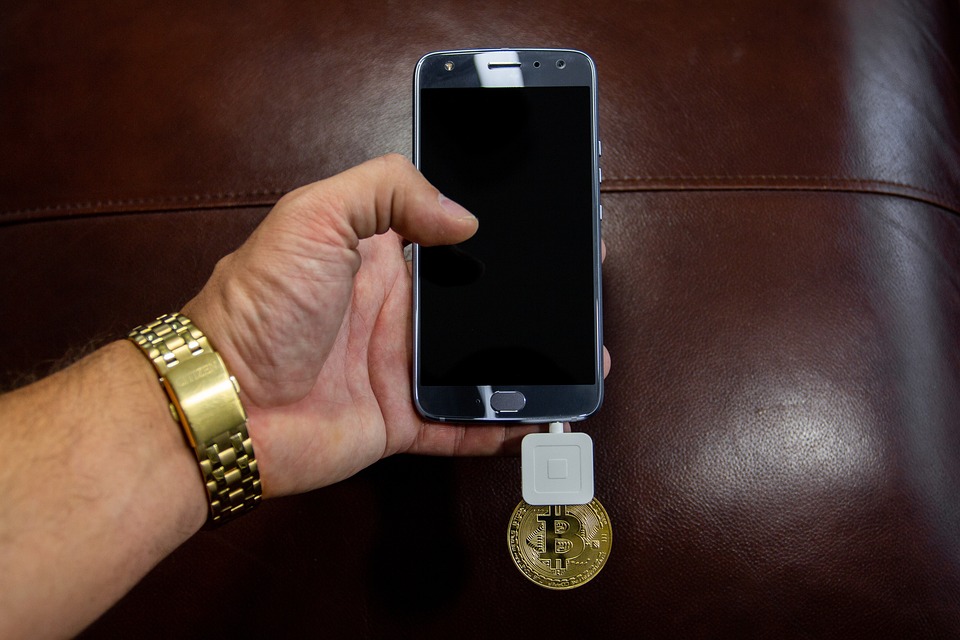To get started buying and selling cryptocurrencies, such as Bitcoin, the most straightforward way to transact is to use a crypto exchange, which gives you the necessary tools. A cryptocurrency exchange acts as an intermediary between the buyer and seller, enabling them to trade digital assets for one another or fiat currency. If you’re curious to know where to buy Bitcoin, it can be purchased via services like Binance that take extra measures to protect the funds of their clients. When you’ve come across an exchange you like, check where it can operate so that you can open an account.
If you buy BTC on a cryptocurrency exchange, it’s stored in your exchange-hosted wallet, which takes care of the backup and security of your funds. The hosted wallet is similar to a banking app in the sense that you have continuous access to your coins, even if you’ve forgotten your password or lost your phone. You can keep the tokens on the exchange or move them offline to your own wallet. In both cases, you’re in control over the Bitcoins, and access to them is protected via private key cryptography. If you’re new to BTC investing, you might need some guidance when it comes to putting your crypto in a cold wallet. Here’s what you need to do.
Decide On a Cold Wallet for Your Bitcoin
With a cold wallet, you can store tokens offline and prevent threat actors from accessing your holdings. It can’t be compromised because it’s not connected to the Internet. A cold wallet is also referred to as a hard wallet as it leverages a physical medium. It requires a private key, a public key, and an interface to communicate with the blockchain. The best way to protect your investment is to get a USB stick. Storing your private and public keys on a piece of paper isn’t a good idea because there’s the risk of staining, fading, ripping, and loss. Buy your cold storage wallet directly from the manufacturer.
If you transfer your funds to a cold storage wallet, the keys are removed, but you’re still able to see your Bitcoin in your wallet because the blockchain offers proof of ownership. When selecting a cold wallet, consider several factors, including the supported currencies, compatibility, the way you access your tokens, portability, and, last but not least, price. If you have a significant number of BTC, you should use a cold wallet to safeguard your assets. You can check your balance, send and receive Bitcoins, and more. You only connect your wallet to the Internet when you want to carry out transactions.
How To Transfer Your Bitcoin to A Cold Storage Wallet
The cold wallet for storage connects to your computer via a USB cable. Don’t fret because the seed phrases never leave the device; your funds are secure under any circumstances. Insert the USB cable into the device, i.e., the cold wallet, and plug the other end into the computer. Download the installation app onto your PC; the app will automatically launch when the installation process is complete. You’ll receive a seed phrase, basically a bunch of random words generated by your wallet that can be used as an emergency backup if you ever need to restore access to your funds.
Don’t store your seed phrase out in the open, in a drawer/filing cabinet/your bag, or at your workplace. It’s important to choose the blockchain of the cryptocurrency you want to store – in this case, Bitcoin – and confirm the creation of your cold wallet. Set up a PIN and add your coins to your wallet by clicking “Receive”. As a rule, BTC is set up by default. Anyway, after having added Bitcoin to your cold storage wallet, get your address. When connecting your wallet to the PC again to move BTC, ensure the Internet connection is disconnected.
Is There Any Difference Between a Cold Wallet and An USB Drive?
In case you didn’t already know, cold wallets and USB drives are two entirely different things. A cold wallet is a solution for sending and receiving Bitcoin securely. It’s one-of-a-kind because your private key is stored directly within the device. On the other hand, a USB drive is a disk that you use to store files or as a recovery drive to reset your PC. It does its job well, but it’s not for cryptocurrency. Don’t use the USB drive that accommodates your cold wallet for anything other than storage. If your computer is compromised by malware, your funds will be exposed. Place the wallet in a secure place where it can’t be found or come in contact with something that could damage it, e.g., water.
The Main Downside to A Cold Wallet Is That It Costs Money
Despite the fact that a cold wallet offers numerous security advantages, it has some shortcomings. The setup process might seem complicated if you’re a beginner, and it’s less convenient for daily transactions, as you need to plug the device into your PC to access your Bitcoin. Nonetheless, the most significant disadvantage to a cold wallet is the upfront cost. To be more precise, cold wallets for BTC storage tend to be expensive because a lot of work has gone into making them very secure and easy to use. If you hold a small number of tokens, it’s not worthwhile investing in a hardware wallet.
Final Thoughts
Traders and investors continue to deploy exchange-hosted wallets to avoid fees and gas prices. If you were to use a wallet outside the cryptocurrency exchange, your returns would be significantly less. At times, exchanges offer incentives for using their wallets. If you have more coins than you’re comfortable handling, it’s a good idea to get a cold wallet for storage. You can put money into digital assets regularly. You can think of the cold wallet as a savings account, if you like. Make several copies in case your wallet is stolen or gets lost, and store them in physically secure places.





